Home>Gardening & Outdoor>Outdoor Structures>How Close Can A Shed Be To A House
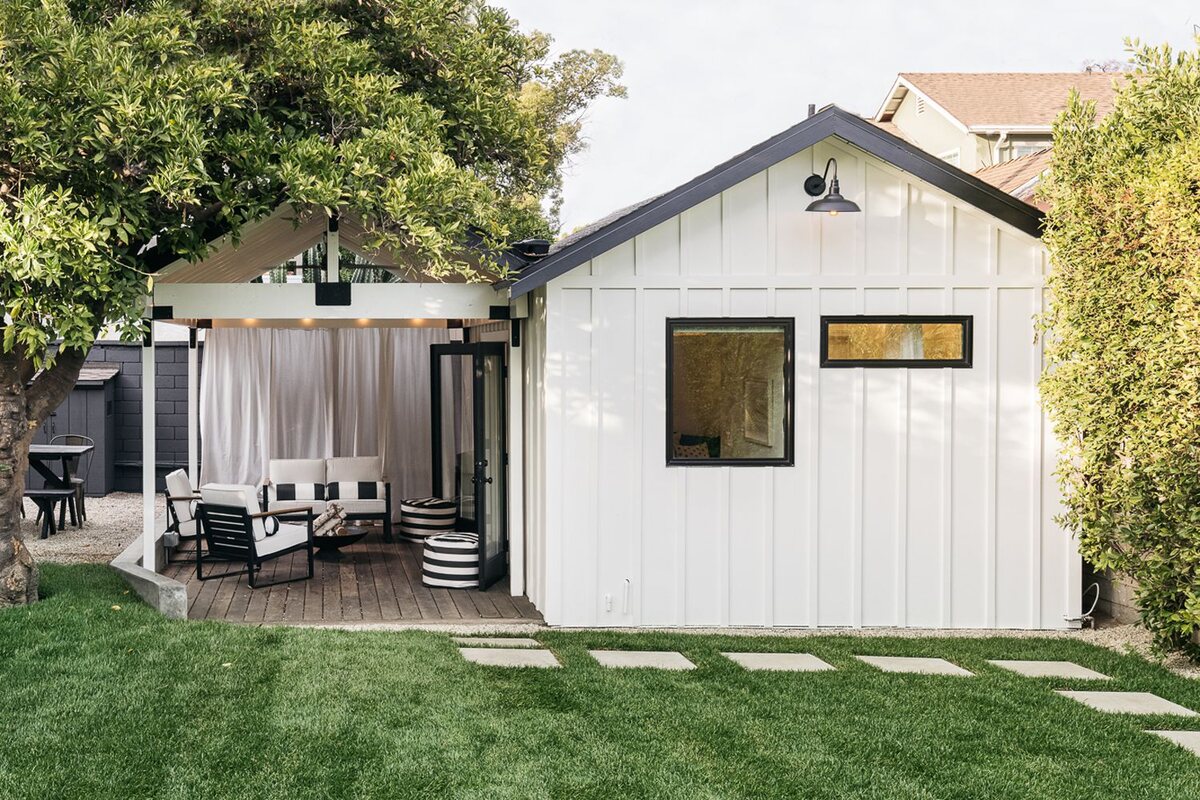

Outdoor Structures
How Close Can A Shed Be To A House
Modified: January 20, 2024
Discover the regulations for the proximity of sheds to houses and other outdoor structures. Learn how close a shed can be to a house and ensure compliance with local building codes.
(Many of the links in this article redirect to a specific reviewed product. Your purchase of these products through affiliate links helps to generate commission for Storables.com, at no extra cost. Learn more)
**
Introduction
**
When it comes to enhancing your outdoor living space, a shed can be a valuable addition. Whether you need extra storage, a workshop, or a place to pursue your hobbies, a well-designed shed can fulfill a variety of needs. However, before embarking on the journey of adding a shed to your property, it's crucial to understand the regulations and safety considerations, especially in relation to its proximity to your house.
In this comprehensive guide, we will delve into the local building codes and regulations that dictate how close a shed can be to a house. We will also explore the safety considerations and distance requirements that play a pivotal role in determining the ideal placement of a shed. Additionally, we will discuss the specific considerations for different types of sheds, providing you with valuable insights to make informed decisions for your outdoor structure projects.
By the end of this article, you will have a clear understanding of the factors that influence the proximity of a shed to a house, empowering you to plan and execute your shed project in compliance with regulations and safety standards. Let's embark on this enlightening journey to unravel the intricacies of shed placement and discover the possibilities that await in your outdoor living space.
**
Key Takeaways:
- Understanding local building codes and regulations is crucial for placing a shed near your house. Safety, ventilation, and fire prevention are key considerations to ensure a harmonious and secure outdoor space.
- Different types of sheds, such as storage, workshop, garden, and recreational sheds, have unique placement needs. Tailoring the shed’s position to its purpose enhances functionality and visual appeal.
Read more: How Close Can I Build A Shed To My House
Local Building Codes and Regulations
**
Before embarking on any outdoor structure project, it’s imperative to familiarize yourself with the local building codes and regulations that govern construction and placement. These regulations are put in place to ensure the safety, structural integrity, and aesthetic harmony of the neighborhood. When it comes to the proximity of a shed to a house, these regulations play a crucial role in determining the permissible distance and other related requirements.
Local building codes vary from one jurisdiction to another, and it’s essential to consult the relevant authorities or a professional to understand the specific regulations in your area. Typically, these codes stipulate the minimum distance a shed must maintain from the house, property lines, and other structures. They may also outline the maximum height, size, and architectural style of the shed, ensuring that it complies with the overall aesthetics of the neighborhood.
Moreover, some areas may have specific zoning restrictions that dictate the allowable land use, setbacks, and easements. These regulations are designed to maintain a harmonious and safe environment for all residents. Failure to adhere to these regulations can result in costly fines, forced relocation of the shed, or legal complications, making it imperative to prioritize compliance from the outset of your project.
By understanding and adhering to the local building codes and regulations, you can embark on your shed project with confidence, knowing that it aligns with the legal requirements and contributes positively to the overall landscape of your property. Let’s now delve into the crucial safety considerations that should inform the placement of your shed in relation to your house.
**
Safety Considerations
**
When determining the proximity of a shed to a house, prioritizing safety is paramount. A well-planned shed placement not only enhances the functionality and aesthetics of your outdoor space but also mitigates potential hazards and ensures the structural integrity of both the shed and the house.
One of the primary safety considerations is ensuring adequate ventilation and airflow around the shed. Placing the shed too close to the house can impede proper airflow, leading to moisture buildup and potential damage to both structures. Additionally, proximity to the house may hinder access for maintenance and repairs, posing challenges in the event of structural issues or emergencies.
Furthermore, considering the fire safety aspect is crucial. Maintaining a safe distance between the shed and the house reduces the risk of fire spreading between structures, providing an essential buffer in case of unforeseen fire incidents. This distance also facilitates the accessibility of firefighting equipment and personnel, enhancing the overall safety measures of the property.
Another vital safety consideration is the impact of the shed placement on the house’s foundation and utilities. Improperly placed sheds can exert pressure on the house’s foundation, leading to structural damage over time. Moreover, proximity to utility lines, such as electrical, plumbing, and gas systems, can pose risks during installation and future maintenance, emphasizing the need for careful planning and adherence to safety guidelines.
By carefully considering these safety aspects, you can make informed decisions regarding the placement of your shed in relation to your house, ensuring a harmonious and secure coexistence of both structures. Now, let’s explore the specific distance requirements that are commonly recommended for sheds in proximity to houses.
**
A shed should be at least 5 feet away from the house to prevent moisture damage and allow for maintenance. Check local building codes for specific requirements.
Distance Requirements
**
The distance requirements for placing a shed in proximity to a house are influenced by various factors, including safety considerations, building codes, and the specific function of the shed. While these requirements may vary based on local regulations and the type of shed, there are general guidelines that can serve as a starting point for your planning process.
Typically, it is recommended to maintain a minimum distance of at least 3 feet between a shed and the house. This distance allows for proper airflow, access for maintenance, and reduces the risk of fire spread in case of emergencies. However, it’s important to note that specific local regulations may stipulate a different minimum distance, and it’s essential to adhere to these requirements to ensure compliance.
For larger sheds or those intended for specific uses such as workshops or studios, a greater distance from the house may be advisable. This not only provides ample space for ventilation and maintenance but also creates a distinct functional area within your outdoor space, enhancing the usability and visual appeal of both the shed and the house.
Furthermore, when considering the distance requirements, it’s essential to account for the shed’s access points, such as doors and windows. Ensuring that these features are not obstructed by the proximity to the house guarantees convenient usage and enhances the overall functionality of the shed.
Additionally, if your property has multiple structures, such as garages, fences, or other outbuildings, it’s crucial to consider their collective impact on the placement of the shed. Maintaining harmonious spacing between these structures contributes to a well-organized and visually appealing outdoor environment.
By understanding and adhering to the recommended distance requirements, you can optimize the placement of your shed in relation to your house, creating a cohesive and safe outdoor living space. Now, let’s delve into the specific considerations for different types of sheds, providing valuable insights for various shed projects.
**
Considerations for Different Types of Sheds
**
When it comes to the placement of sheds in proximity to houses, the specific type and intended use of the shed play a significant role in determining the ideal positioning and distance requirements. Different types of sheds, such as storage sheds, workshops, garden sheds, and recreational sheds, have unique considerations that should inform their placement in relation to the house.
For storage sheds, which are primarily used to house garden tools, outdoor equipment, and seasonal items, a slightly closer proximity to the house may be acceptable. However, it’s essential to ensure that adequate airflow and access are maintained to prevent moisture buildup and facilitate convenient usage.
Workshops, often equipped with tools and machinery, benefit from a greater distance from the house to minimize noise disturbance and ensure ample space for project work and storage. This positioning also allows for better ventilation and reduces the risk of potential hazards associated with workshop activities.
Garden sheds, serving as a dedicated space for potting, plant care, and storage of gardening supplies, can be strategically placed closer to the house to facilitate seamless access and integration with the outdoor living area. This positioning enhances the functionality of the shed while creating a harmonious transition between indoor and outdoor spaces.
Recreational sheds, such as those used for hobbies, relaxation, or as playhouses, often benefit from a closer proximity to the house, especially when intended for family-oriented activities. This placement allows for easy supervision and accessibility, promoting a sense of connectedness with the main dwelling.
Moreover, the architectural style and aesthetic appeal of the shed should complement the design of the house, creating a cohesive visual impact. Whether it’s a traditional barn-style shed, a modern studio, or a charming cottage-inspired structure, aligning the design elements with those of the house contributes to a unified and visually pleasing outdoor environment.
By considering the specific requirements and intended uses of different types of sheds, you can make informed decisions regarding their placement in relation to your house, optimizing the functionality and visual appeal of your outdoor space. As we conclude this comprehensive guide, you are now equipped with valuable insights to embark on your shed project with confidence and creativity.
**
Read more: How Close Can A Shed Be To The Property Line
Conclusion
**
As you venture into the realm of outdoor structure projects, the placement of a shed in proximity to your house is a crucial consideration that intertwines regulatory compliance, safety, and functional aesthetics. By navigating the intricate landscape of local building codes and regulations, prioritizing safety considerations, understanding distance requirements, and considering the unique aspects of different shed types, you can orchestrate a harmonious and purposeful integration of your shed with your outdoor living space.
Embracing the local building codes and regulations not only ensures legal compliance but also contributes to the overall visual harmony of your neighborhood. Prioritizing safety considerations, such as ventilation, fire prevention, and structural impact, safeguards the longevity and security of your shed and house. Understanding the recommended distance requirements and applying them thoughtfully enables you to optimize the functionality and accessibility of your shed while fostering a cohesive outdoor environment.
Considering the diverse needs and characteristics of different shed types empowers you to tailor the placement and design of each shed to align with its intended use and visual appeal. Whether it’s a storage shed, workshop, garden shed, or recreational shed, each type presents unique opportunities to enhance your outdoor space while complementing the architectural style of your house.
By embarking on your shed project with a holistic understanding of the factors that influence its proximity to your house, you can infuse creativity, functionality, and compliance into the fabric of your outdoor living space. As you navigate this journey, remember that thoughtful planning, adherence to regulations, and a keen eye for safety will culminate in a seamless and enriching integration of your shed with your house, creating a dynamic and inviting outdoor environment for years to come.
Now, armed with these insights, you are well-prepared to embark on your shed project, infusing your outdoor space with purposeful design and boundless possibilities. Let the journey of enhancing your outdoor living space begin, guided by the wisdom and creativity encapsulated in this comprehensive guide.
Frequently Asked Questions about How Close Can A Shed Be To A House
Was this page helpful?
At Storables.com, we guarantee accurate and reliable information. Our content, validated by Expert Board Contributors, is crafted following stringent Editorial Policies. We're committed to providing you with well-researched, expert-backed insights for all your informational needs.
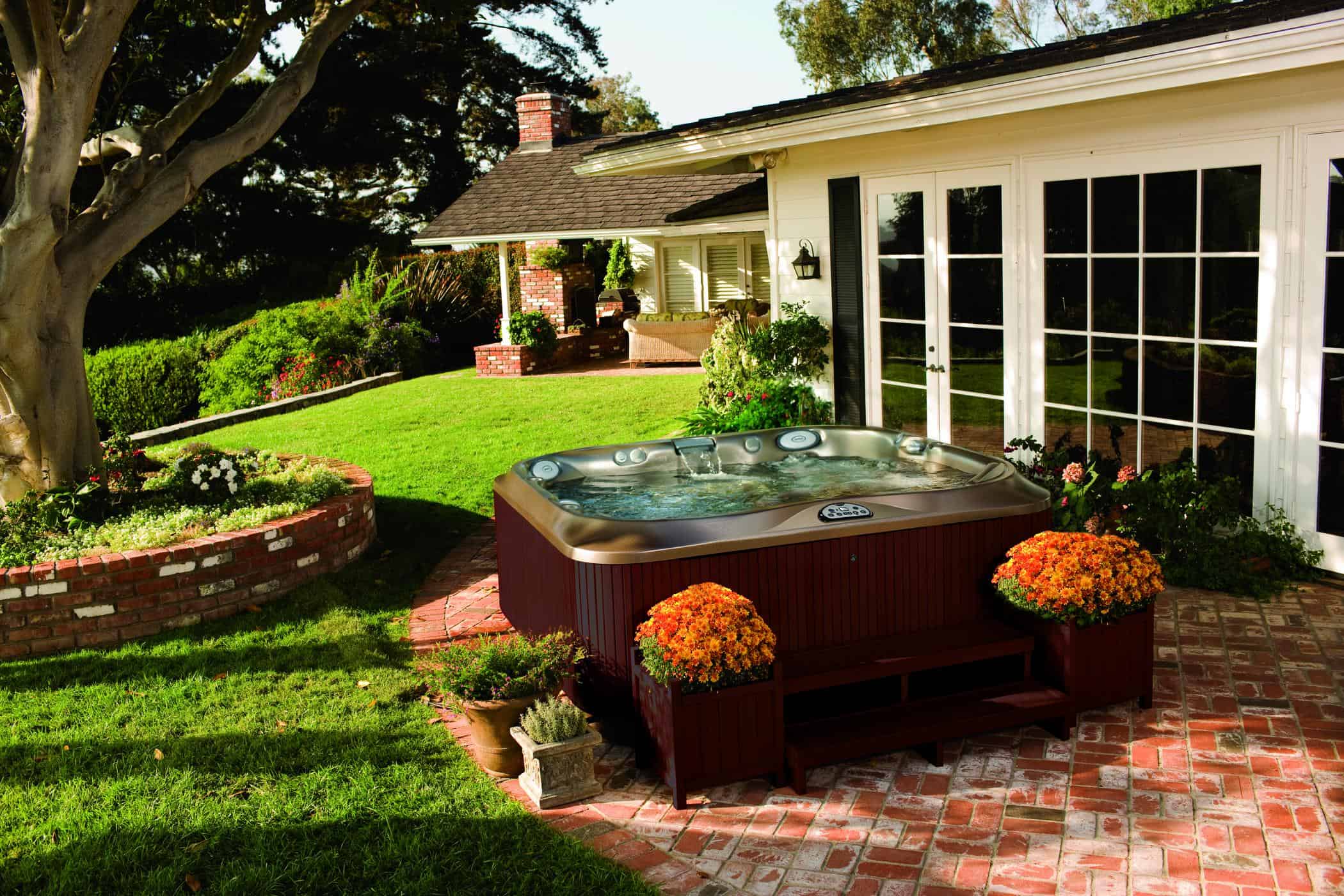
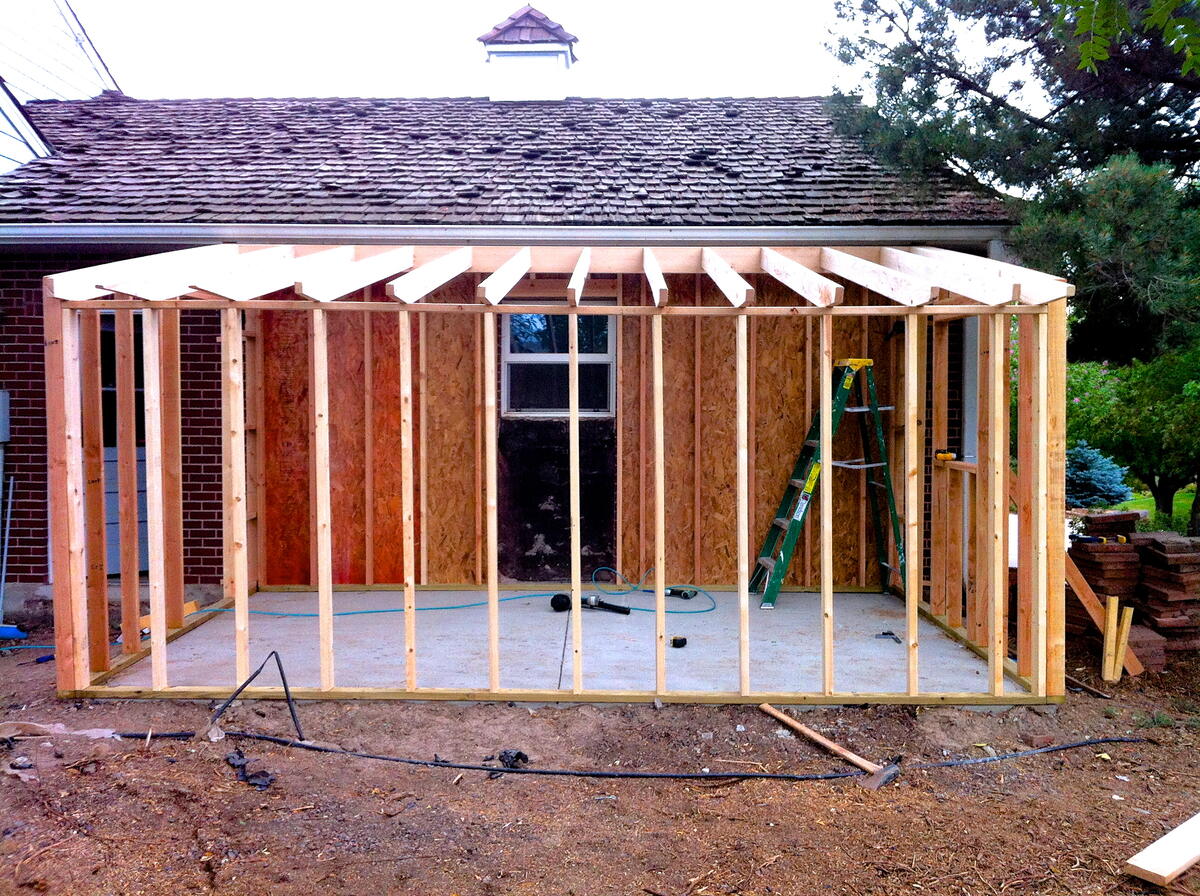
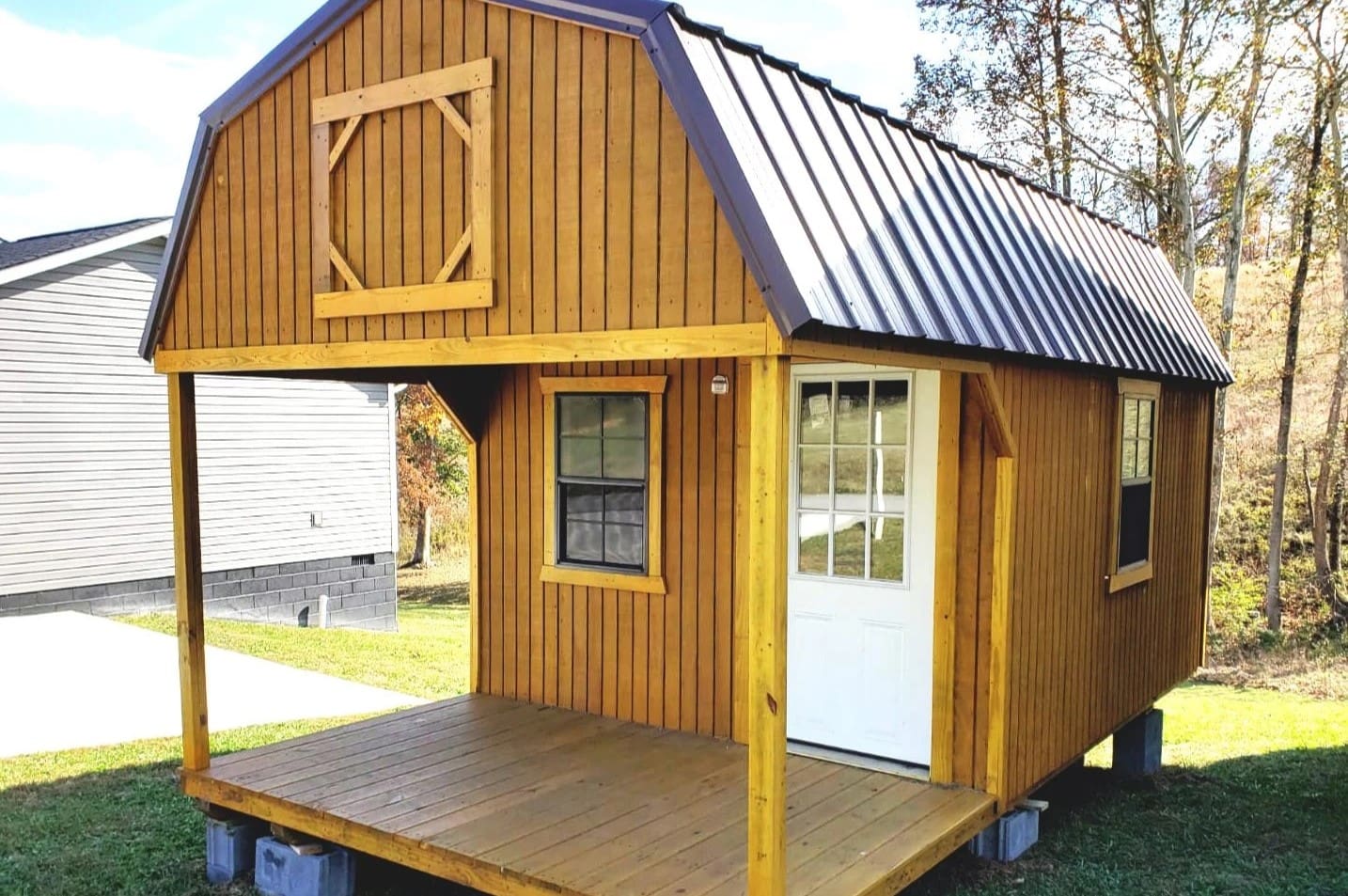
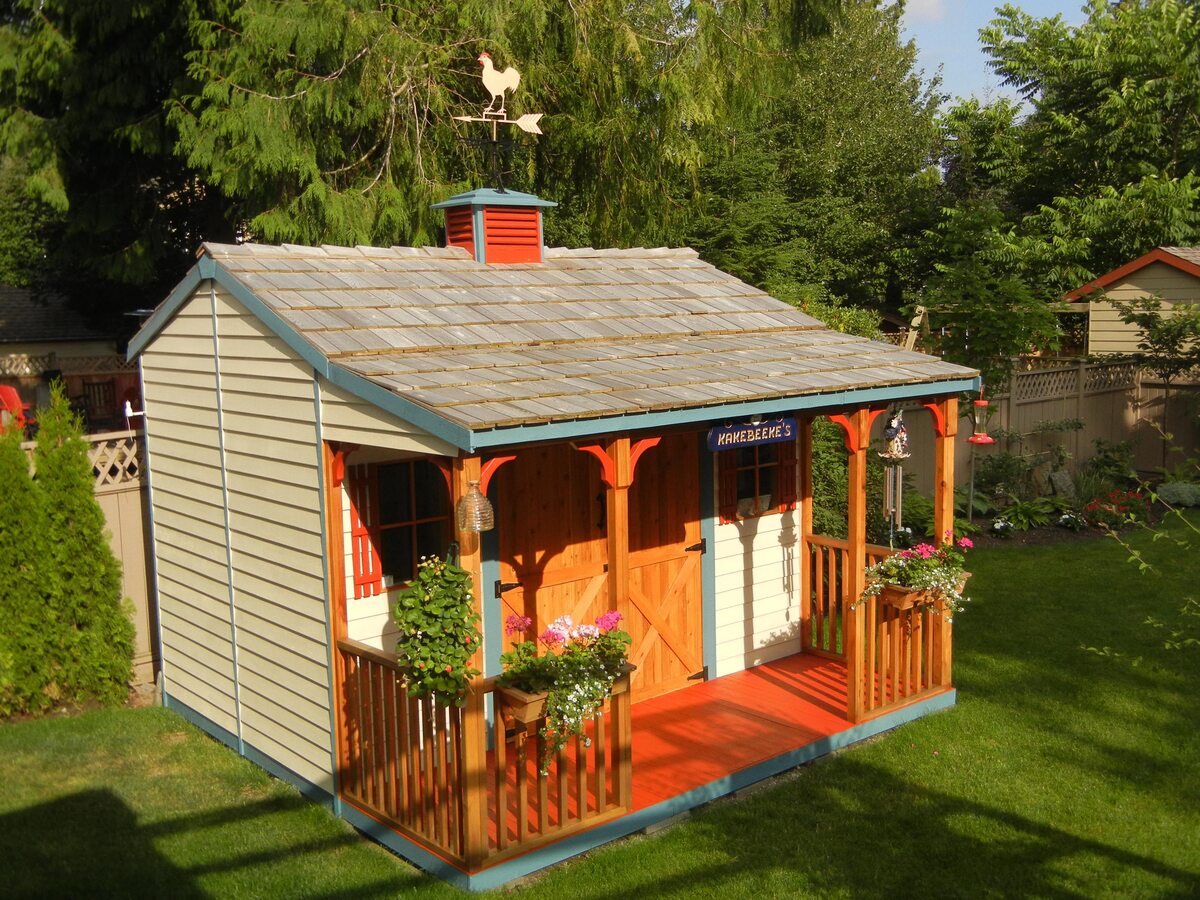
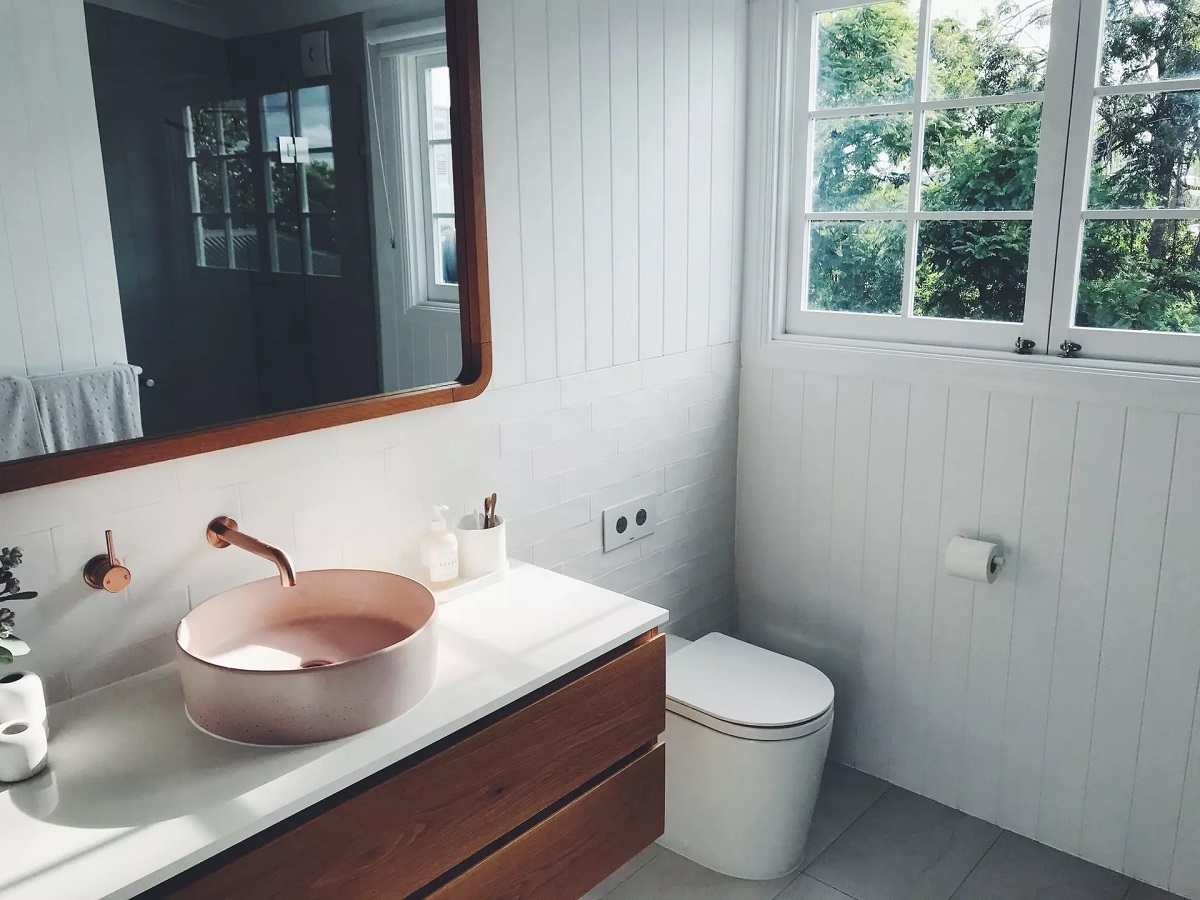

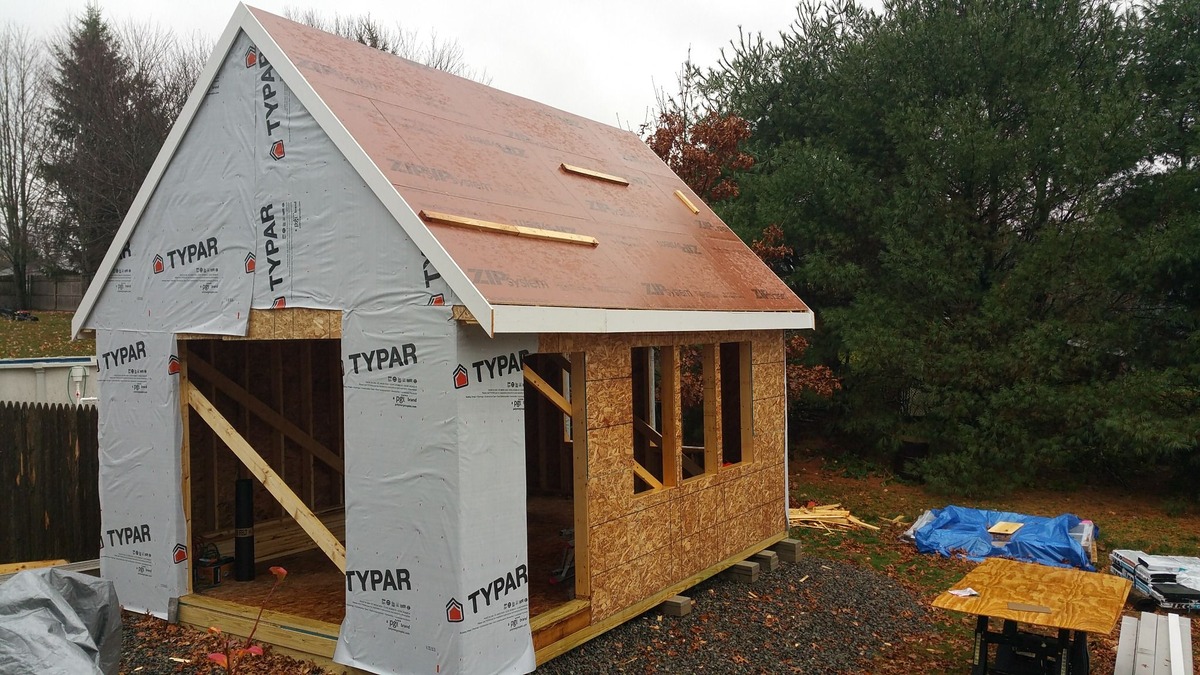
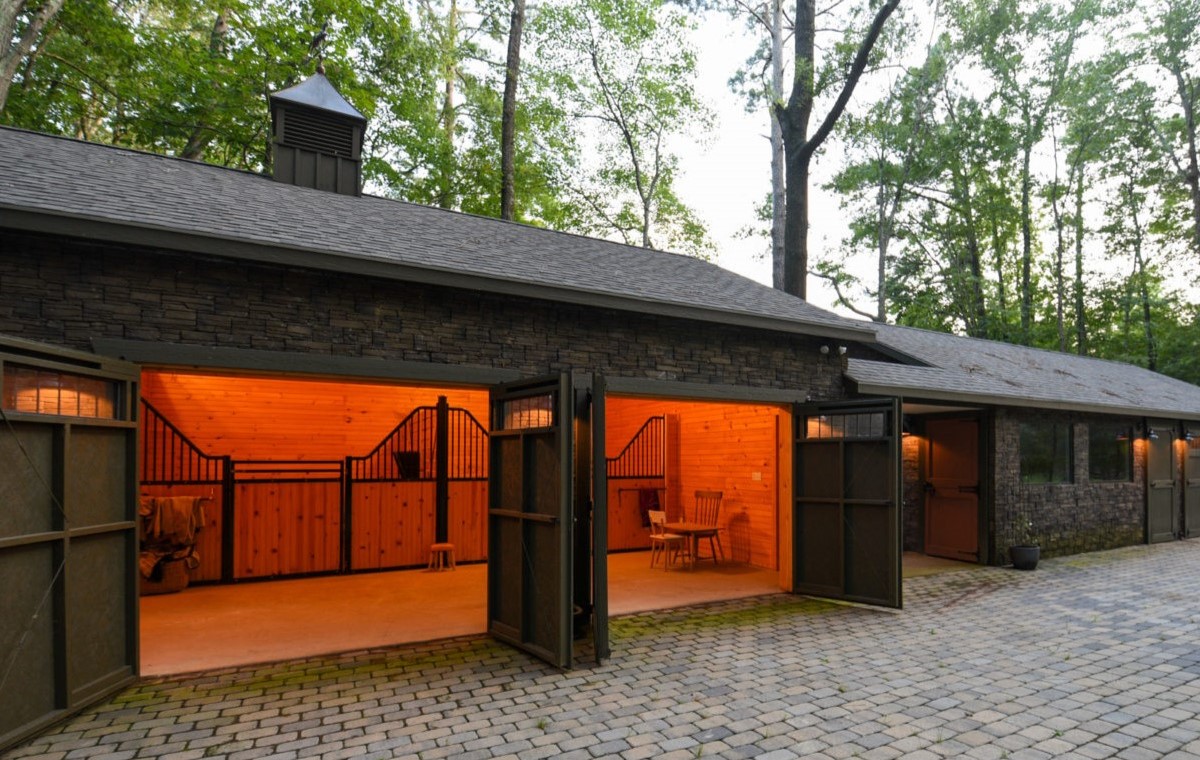

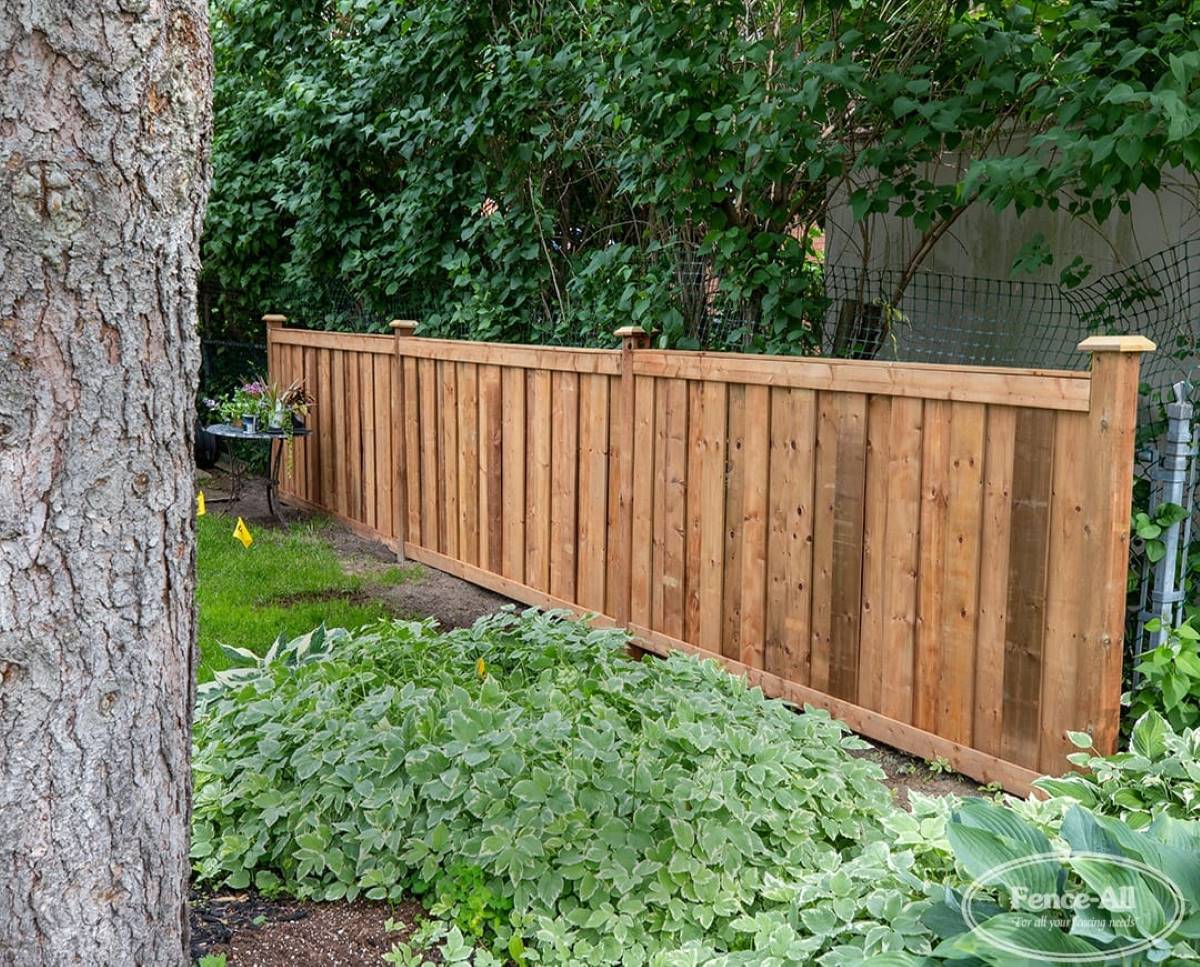
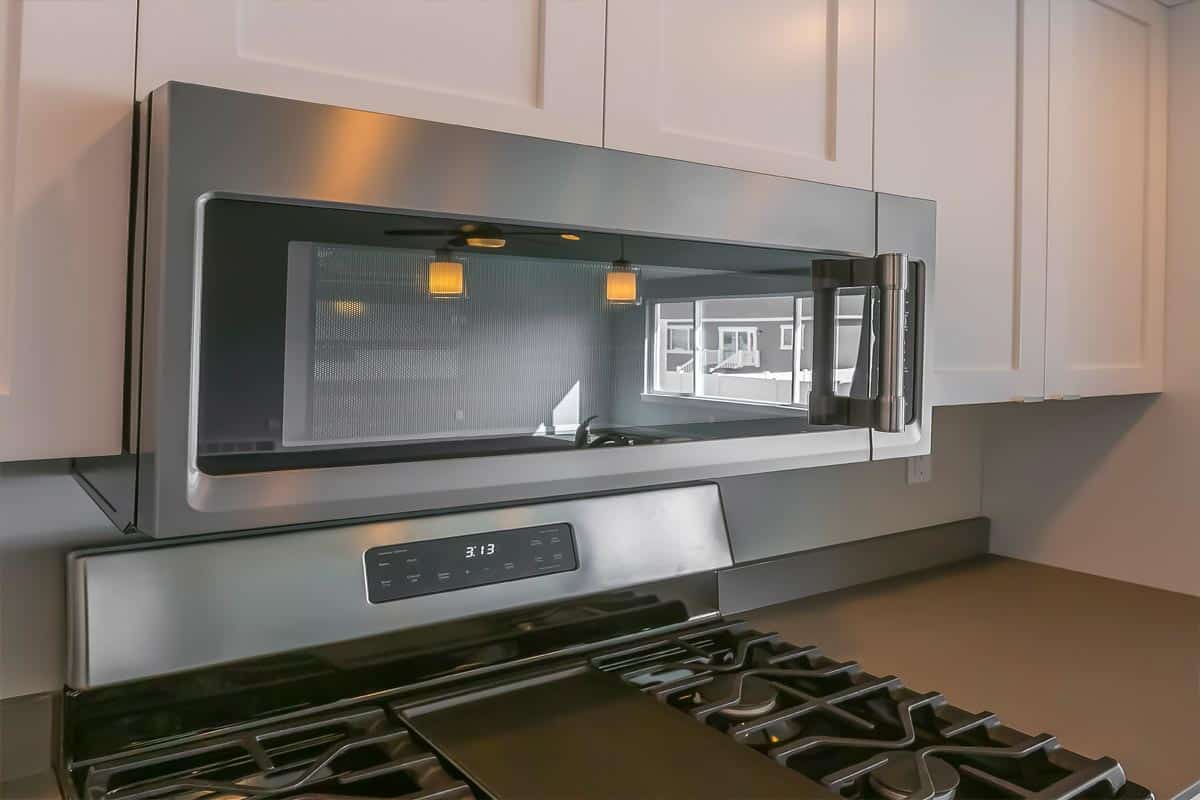

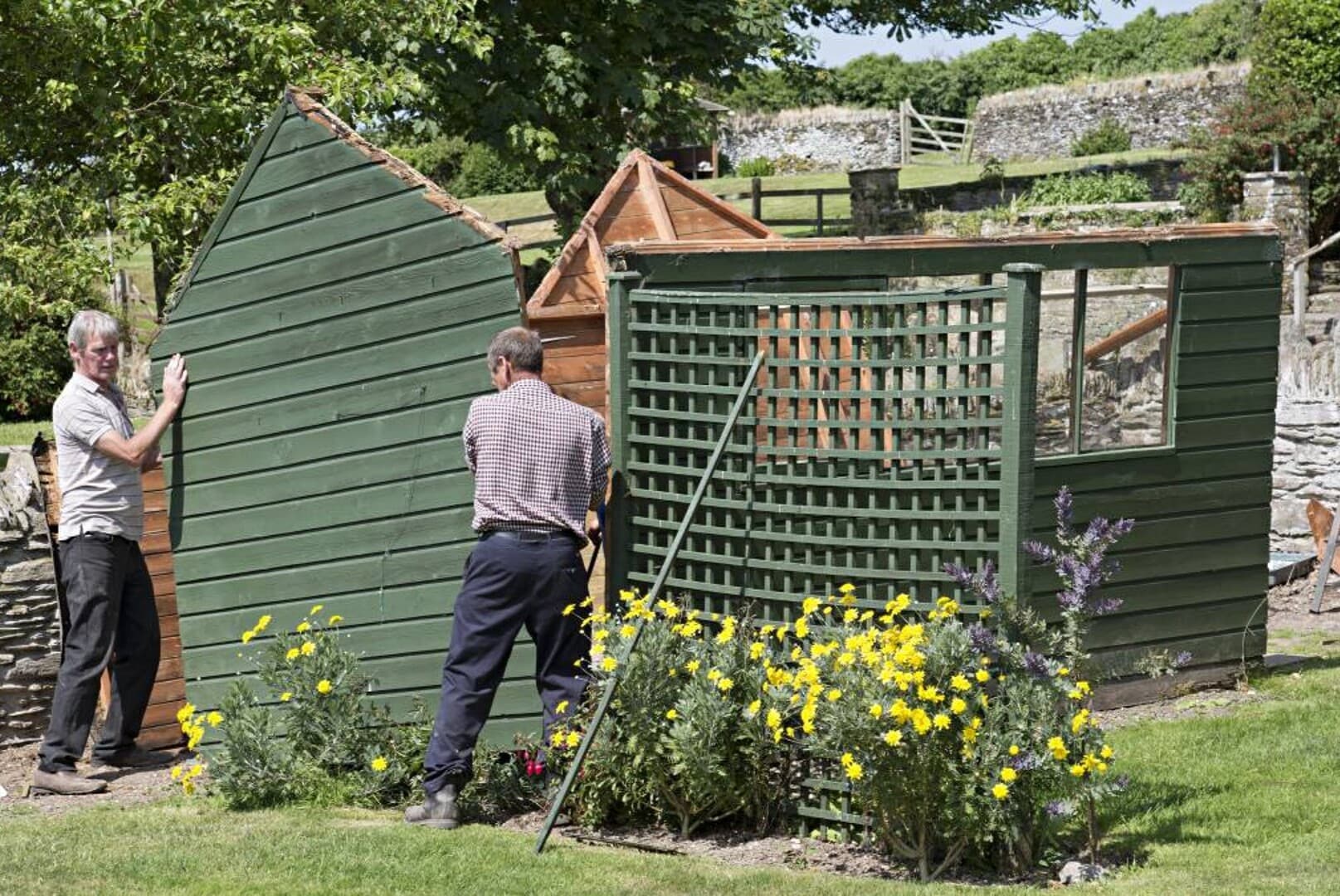
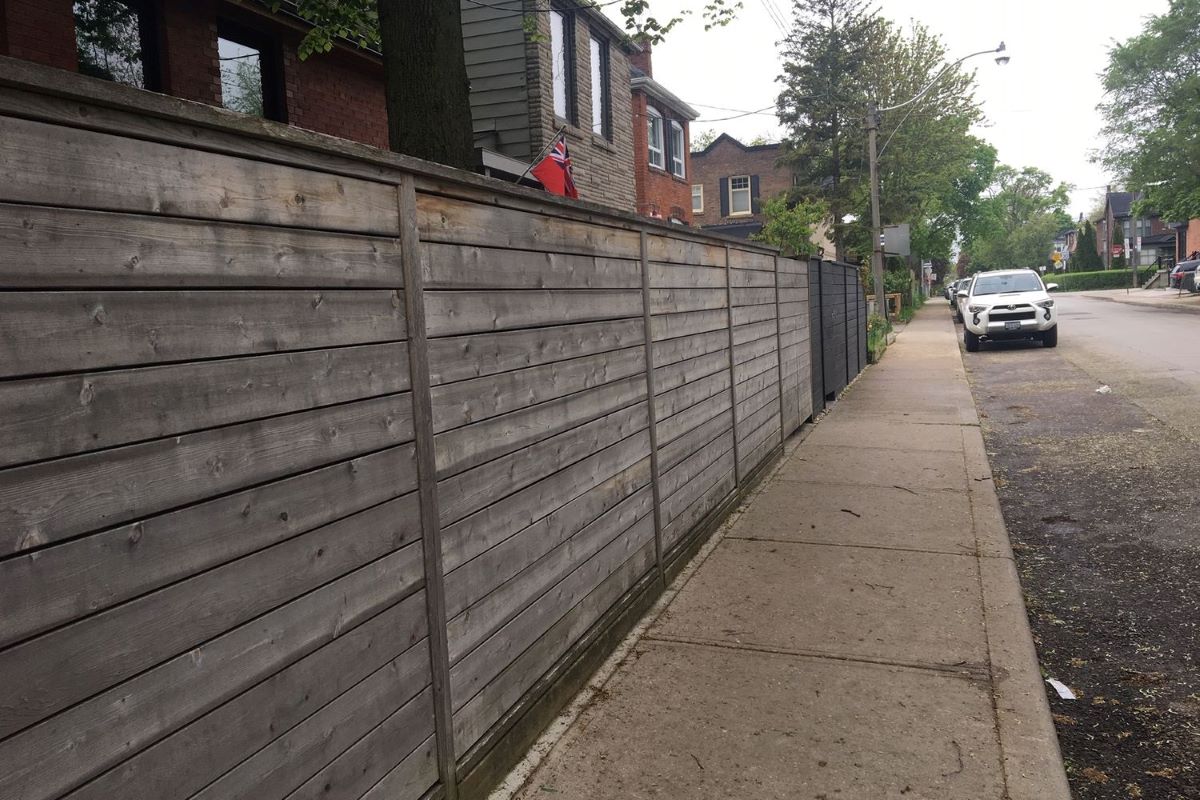

0 thoughts on “How Close Can A Shed Be To A House”